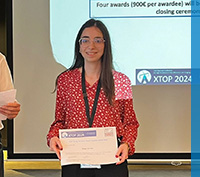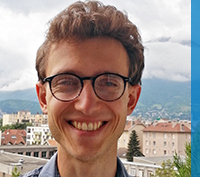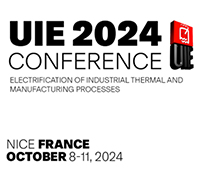PhD defence of Louis-Vincent Bouthier
1 December 2023
Louis-Vincent Bouthier will defend his PhD in Computational Mathematics, High Performance Computing and Data on Dec. 1st, 23
Models and simulation of thermal-acoustic coupling in complex fluids
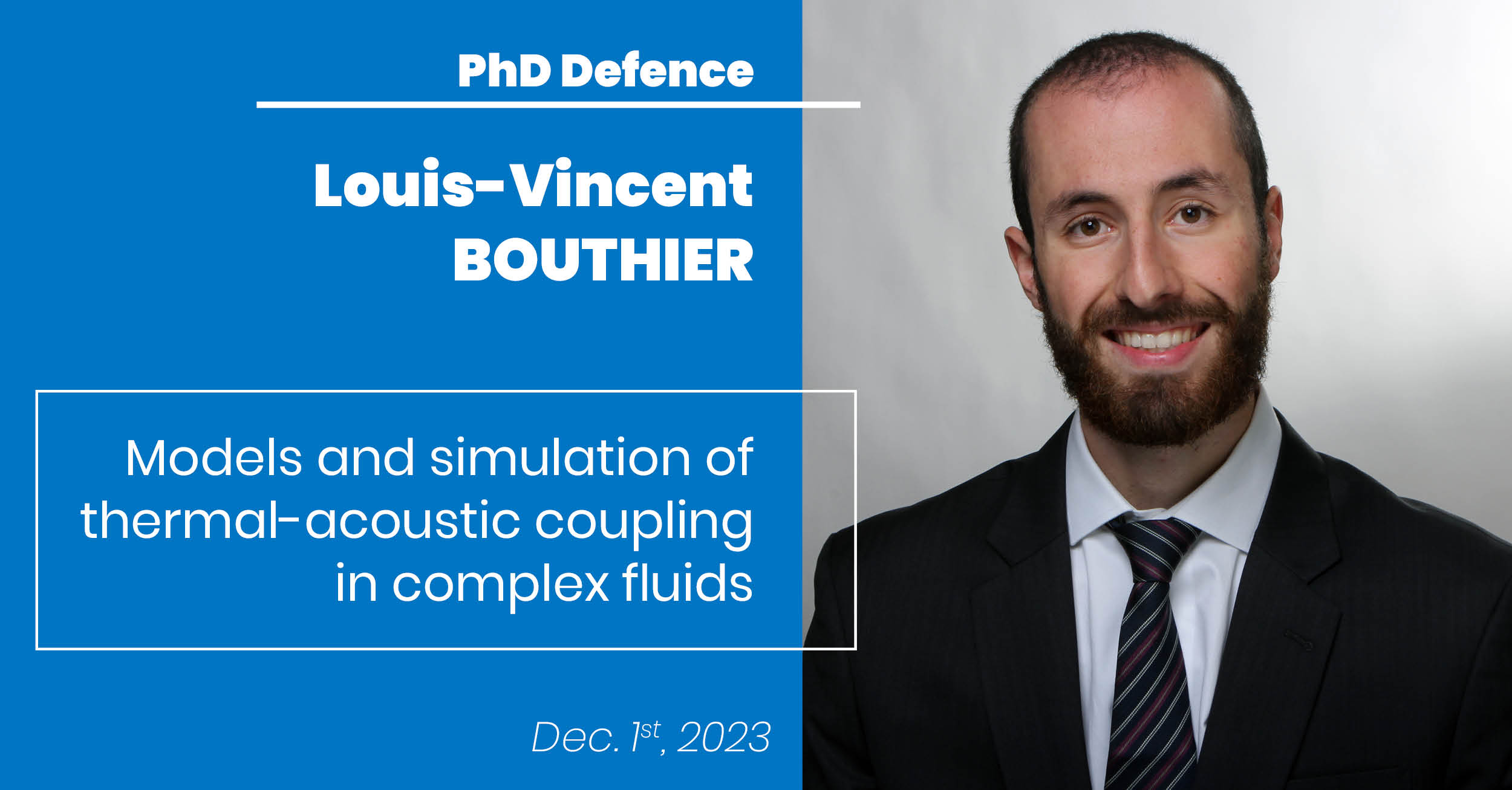
Louis-Vincent Bouthier conducted his PhD work in the CFL team under the supervision of Elie Hachem and Romain Castellani. He will defend his PhD in Computational Mathematics, High Performance Computing and Data, on December 1st, 23 in front of the following jury:
M. Alessio ZACCONE, Università degli Studi di Milano, Rapporteur
M. Xavier CHATEAU, École des Ponts ParisTech, Rapporteur
M. Arnaud POULESQUEN, CEA Marcoule, Examinateur
M. Sébastien MANNEVILLE, ENS Lyon, Examinateur
M. Michel CLOITRE, ESPCI Paris, Examinateur
M. Elie HACHEM, Mines Paris PSL, Examinateur
M. Rudy VALETTE, Mines Paris PSL, Examinateur
M. Romain CASTELLANI, Mines Paris PSL, Examinateur
Abstract:
The mechanical action of ultrasounds is commonly used in various industrial applications (biomechanics, cleaning tools, cutting tools, non-destructive characterisation, etc.). Their effect differs according to the frequencies and powers used: while diagnostic ultrasounds, whose frequency is between 1 MHz and 10 MHz, are mainly used for imaging and detection, power ultrasounds (from 10 kHz to 1 MHz) cause physical and chemical changes (heating, cavitation, release of free radicals, …) in the environments they pass through.
Colloidal suspensions are complex fluids typically composed of a solid or liquid phase (nanometric to micrometric particles) dispersed in a liquid matrix and spontaneously forming an elastic network in this same fluid. A known example is toothpaste, which flows when subjected to a mechanical stress greater than a finite value (known as the flow threshold). This type of complex material is also often encountered in the nuclear field. Examples include matrices for conditioning waste such as asphalt mixes or final residues (sludge) that can be assimilated to colloidal suspensions.
The effect of power ultrasound on the rheological behaviour has been demonstrated in the case of bitumen mixes, where it has been observed that it is possible to cut large structures using a sonotrode. From a physical point of view, ultrasound makes it possible to locally raise the temperature of the material, initially to room temperature and predominantly elastic, and thus drastically reduce its viscosity. A strong thermomechanical coupling then takes place, due to the very high dissipation of the ultrasound as it passes through the medium, which sees its elasticity dominated by its viscosity. An initial modelling of this acoustic/thermo-rheological coupling was proposed in the context of a CEA/MINES-Paris collaboration, where the need for numerical tools for fine resolution of liquefied zones was demonstrated.
In parallel, recent work resulting from a collaboration between French university laboratories, C.E.A. and M.I.T. has been carried out. (Gibaud et al., Physical Review X, 10, 011028, 2020) have highlighted the possibility of acting in real time on the microstructure of colloidal gels using ultrasound, thus opening the way to new intelligent materials, called rheoacoustic gels. The authors have shown that certain high-power ultrasounds have the effect of generating spectacular fluidification of the gel, due to the rupture of the elastic network at the micron scale, which can be spontaneously reconstructed when the stress is removed.
The physical mechanisms of fluidification having been clearly demonstrated in rheometric flows (oscillatory shearings of small amplitudes), it is now necessary to show the impact of ultrasound on more complex flows and to propose a relevant theoretical architecture and numerical modelling to describe this type of behaviour in order to compare these simulation results with available experimental data to be acquired.
The objective of this thesis will therefore be to establish a new complete physical and mechanical model describing the coupling between non-Newtonian fluid dynamics and wave propagation models. The resolution of the associated equations will be performed by adaptive finite elements using the Cimlib-CFD parallel computing library developed by the host team.
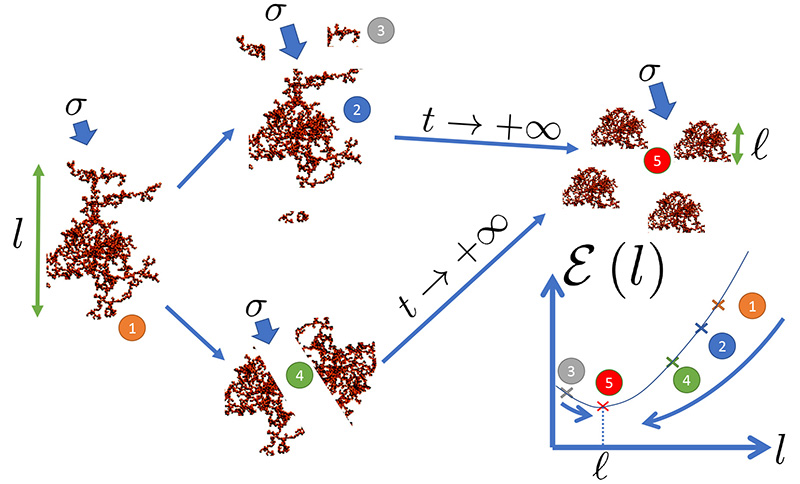
Sketch of disaggregation and reaggregation processes of interacting particles under uniform external shear
Keywords: Acoustic, Rheology, Modelling, Sludge, Coupling


